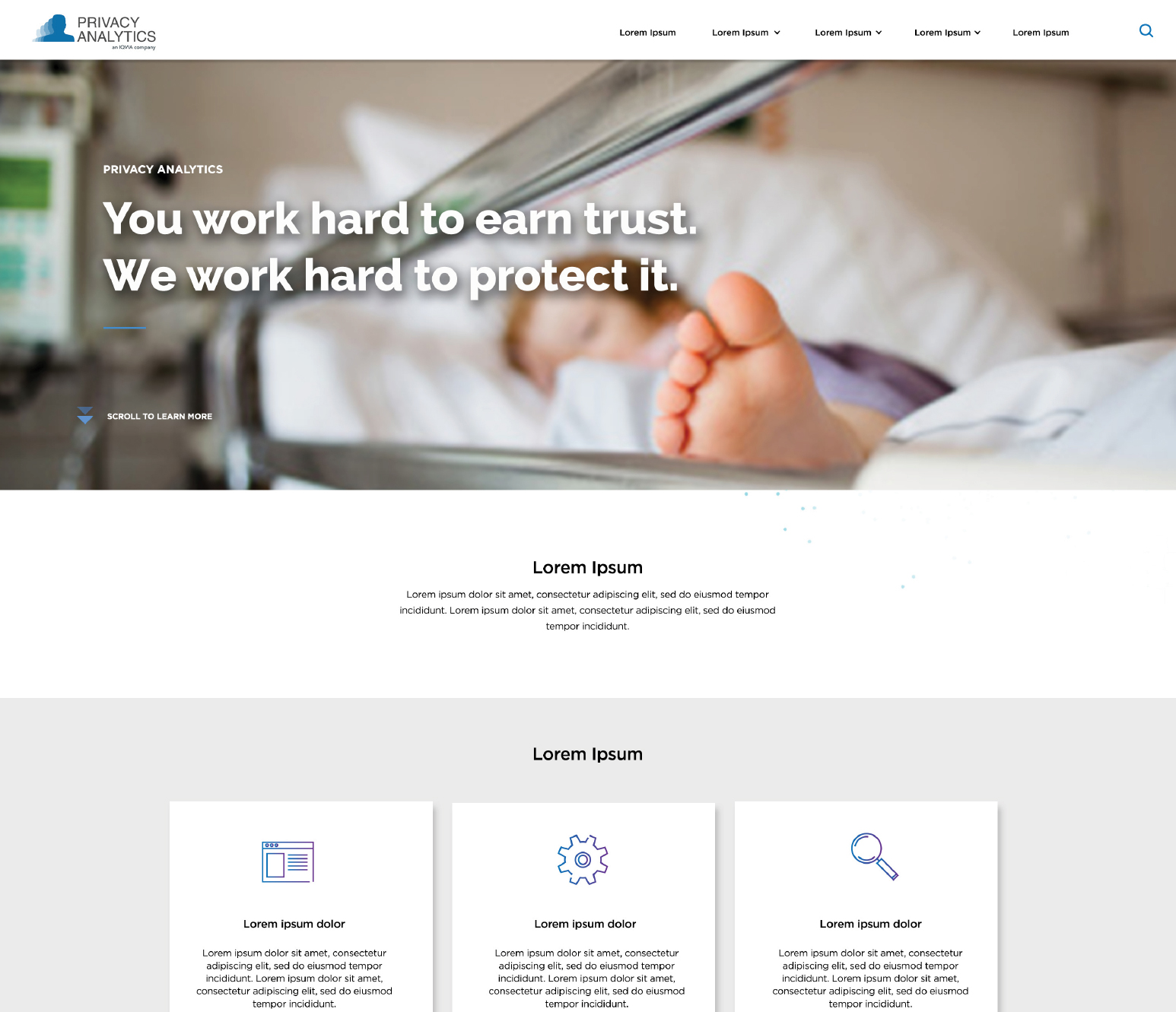A brand is more than a logo. A brand is an idea. It’s a living, breathing organism that requires care throughout its life. From conception onward, you must ensure that every brand interaction with your consumers is consistent.
That includes how your staff answers the phone, the way visitors scroll through your website and the feeling people get when they walk into your office. A brand is everything to a business. Here’s how to not mess it up.
Create a brand guideline
A brand guideline is a compass for your organization. It ensures that anyone who works with your brand respects its integrity; including brand philosophy, logo use, colour palette, corporate fonts, tone of voice, iconography and photography.
What should a brand guideline include?
- An overview of your brand’s history, vision, personality and key values.
- Brand message or mission statement.
- Logo usage. Where and how to use your logo, including minimum sizes, spacing and what is not
- Primary and secondary colour palettes.
- Showing the specific font that you use and details of the font family and default fonts for web use.
- Examples of image style and photographs that work well and don’t work well with your brand.
A more detailed brand guideline may also include:
- Design layouts and grids
- Social media practices
- Website layout
- Signage specifications
- Advertising treatments
- Merchandising applications
- Writing style
- Editorial guidelines
Brand guidelines should be flexible enough for designers to be creative, but rigid enough to keep your brand consistent. Consistency is key, especially when your brand extends across multiple media platforms.
Once you’ve defined your brand character, share it. Put it in writing – set up a short brand guide for new employees to read on their first day, design an infographic and post it on the walls. Most of all – make it simple. The easier a brand is to understand; the more likely people are to follow it.




RECENT POSTS
Universal Adjustable Neck Mount. Wow, that’s a mouthful.
KOOZBALL
COVID VS Creativity